2010 Honda Accord EX-L Review
FAST FACTS
| 1. Four cylinder Accords are actually available in two states of tune, one with 177 horsepower (LX, LX-Premium) and one with 190 hp (EX; EX-L). |
| 2. Both 4-cylinders offer the same 21/31-mpg (city/hwy) rating. |
| 3. Base Accords start at $21,055, with the EX-L 4-cylinder priced from $26,830. |
| 4. The EX-L trim includes leather seats, heated front seats, dual-zone climate control and a 270-Watt 6-disc audio system. |
The thing about the automobile business is that there’s a vehicle to fulfill just about every need. Today there are so many niche segments of the pie; it can be bewildering to choose something that really does meet your individual requirements. But amid the sport activity vehicles, the luxury tourers and game changing ‘personal’ coupes, there is one, still sizeable chunk of pie that consistently draws many consumers shopping for a car, year after year. It’s none other than the mid-size family sedan. Since the 1980s, mid-size sedans have been the best selling cars in America, with three models consistently vying for the title of sales champ. They are the Ford Taurus, Toyota Camry and Honda Accord.
The Accord has been a favorite with Americans almost since it’s introduction here as a 1976 model. Back then, it was only available as a three-door hatch, but a four-door sedan arrived for ’79. By 1982 it had been redesigned and became the first Japanese car to be built in the U.S., when production began at Honda’s Marysville, Ohio assembly plant. It had also become the best selling Japanese automobile by that point and a decade later, topped the Ford Taurus as the nation’s best selling car. Since then, it has consistently remained at the top of the sales charts, so that every time Honda introduces a new one, there’s a lot at stake.
In the U.S., the eighth-generation car, introduced for 2008, is currently available in LX, LX-P, EX and EX-L trim levels, priced at $21,055; $22,855; $23,830 and $26,830 respectively before options and taxes.
Honda has packed a lot of standard kit into each trim, so without doubt, the current car is also the most sophisticated Accord yet – features including electronic stability control, traction control, front, side and even rear headrest airbags. However, it is also the largest. As a result, the Environmental Protection Agency has bumped it from mid-size, to full-size status, thanks to interior volume. The current car has also proved to be the most polarizing, drawing more love it/leave it commentary than any Accord before. In an attempt to draw our own conclusions, AutoGuide, procured a four-cylinder, 2010, EX-L Accord Sedan and hit the road.
CAVERNOUS CABIN
Like archrival Camry, there’s no mistaking that the current Accord is rather big, especially if you park it next to a third or forth-generation car. It looks tall and somewhat portly, but the sharply creased flanks somewhat negate the Spanish Galleon proportions, lending it more of a distinctive look than the majority of family oriented porridge mobiles.
Pull out the tape measure and you’ll find that it’s 194.1-inches long and 72.7-inches wide. But that does translate into a sizeable interior, as per the EPA findings, with 42.5-inches of leg space for front riders to stretch, plus 37.2-inches for the back passengers and a decent 41.4/37.2 inches of front/rear headroom. Like the outside, the interior is well put together, with nice details on the door panels and instrument cluster – lending it more of a precision feel than some other family sedans, notably the current generation Camry.
Unlike past Accords, there’s less of a feeling of airiness in this one. The belt line is high and the glass area relatively small in proportion to the sheetmetal, so unlike past Hondas you feel more like you’re piloting a Brinks truck sometimes than a family sedan. Still, as far as switchgear and ergonomics go, there are only a few complaints on our end. The navigation system, with comes standard on the EX-L, was found not to be the most friendly and it took a while to work out its idiosyncrasies; which could proved frustrating, especially when looking up specific addresses or points of interest.
As far as interior comfort, all was fine with one glaring exception – the front seats. Maybe we’re oddly proportioned but the leather covered front chairs were some of the most uncomfortable this tester has encountered on a mainstream car in recent years. The base of seat was flat, but the back was narrow and arched. This gave the sensation of somebody almost kneeing you in the back, no matter how much you tried to adjust the lumbar. It made longer trips rather unpleasant, especially during our first few days evaluating the car, but even after an extended period, we found comfort didn’t improve much.
4-CYLINDER A BIT LABORED
In terms of on-road driving, our tester, with its 2.4-liter four-cylinder engine (cranking out 190 horsepower and 162 ft-lbs of torque), delivered adequate acceleration, though it felt a bit coarse – particularly under heavier take-offs, as it has to work reasonably hard in view of the 3,300 lbs it needs to haul about. It also felt somewhat courser than past Honda fours, despite its relatively large displacement, though true to form, was also a bit of a revver – peak power didn’t come until a towering seven grand on the tachometer. The five-speed automatic transmission, was however, very hard to fault. Gear shifting is silky smooth and very well matched to the engine – some other family sedan peddlers could perhaps learn a thing or two here.
Honda also offers four-cylinder Accords with a five-speed manual that is also buttery smooth; with light, linear clutch action. Fuel economy with the automatic is about middling for the class – expect around 21 miles per gallon in town, 31 on the highway– though in all honesty, given the performance provided by the four, if you’ve got the extra coin, we’d probably recommend going for the 3.5-liter V6 and automatic combo (offered in the EX and EX-L), which is smoother and noticeably more powerful (271-hp/ 254 ft-lbs) delivering a satisfying wallop of torque while providing almost the same gas mileage as the four (19/29 city/highway).
Those hunting for a bargain can check out the LX model with a less-powerful (177-hp, 161 ft-lb) 4-cylinder. Unfortunately the lower power output doesn’t relate to added savings at the pump, with the same EPA fuel economy estimates for both 4-bangers.
HONDA DRIVIGN DYNAMICS STARTING TO LOSE BATTLE WITH GIRTH
Particularly in the last decade, Accords have been purchased for their refinement and ride comfort. Aside from the seats, once in motion, the eighth-generation car follows the mold. Over bumps, the suspension is compliant but not soft enough to feel like a ferry traversing an inclement Bay of Biscay. Wind noise is notable by its absence, though at highway speeds with the windows open, there’s some buffeting, but this seems to afflict the majority of modern vehicles, not just the Accord.
For many years, particularly 1986-93, Accords were known for delivering a driving sensation that was just a bit more athletic than the average family car. When you turn the wheel in this one; you’re rewarded by decently sharp reflexes but the added size and weight of the eighth-generation Accord work against it.
Our tester sported 16-inch wheels and 215 spec tires, which, through bends did nearly everything that was asked of them, as did the nice, crisp steering. The body, however, felt like it was mounted on a movie-set gimbal, so in more aggressive cornering, while turn-in was good, you felt like the car really wanted to run wide and roll. Braking, with standard four-wheel discs and anti-lock is hard to fault, progressive and linear, better than the smaller Civic, especially in view of the added girth.
THE VERDICT
There’s no question that past Accords have deservedly earned a loyal and popular following from motorists in North America. The eighth generation car builds on a solid foundation in many respects, but there’s a greater feeling of this one being put together by a committee than its predecessors. Workmanship is hard to fault, as is the level of refinement. But the awkwardly shaped seats and somewhat sloppy handling feel out of place in this car and taint an otherwise well executed package.
LOVE IT
- Ride
- Refinement
- Build quality
LEAVE IT
- Seating comfort not the greatest
- Driving dynamics could be better
- Four-cylinder engine a little overwhelmed
RELATED READING
2010 Toyota Camry Review
2010 Toyota Camry SE V6 Review
2011 Hyundai Sonata GLS Review
2011 Hyundai Sonata: First Drive
2009 Chevrolet Malibu Review
2010 Subaru Legacy 2.5i Premium PZEV
More by Huw Evans
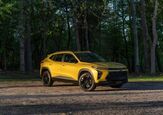

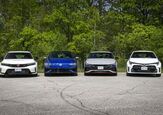






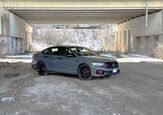
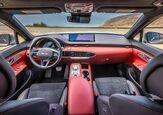
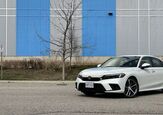
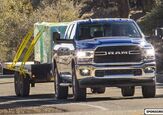
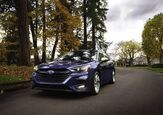
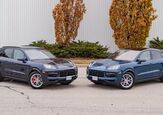
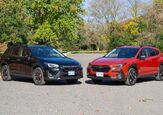
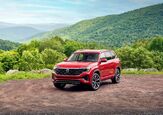
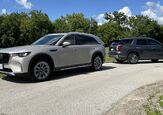
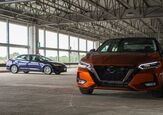
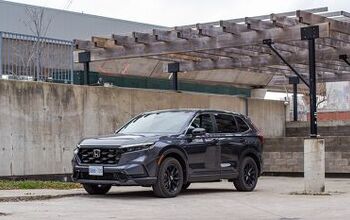
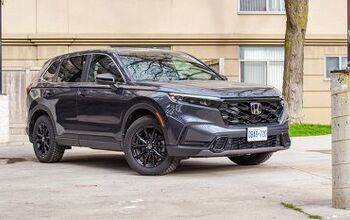
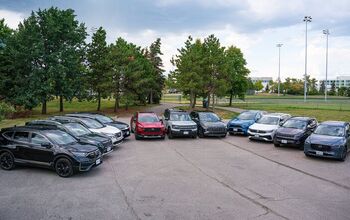





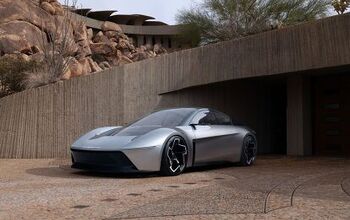
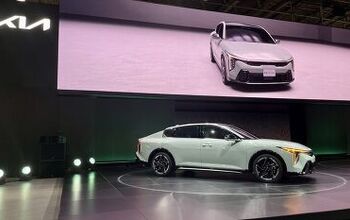
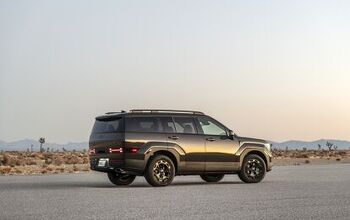
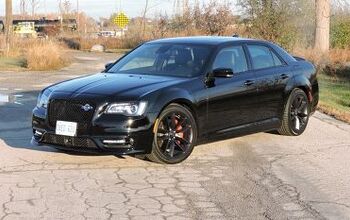
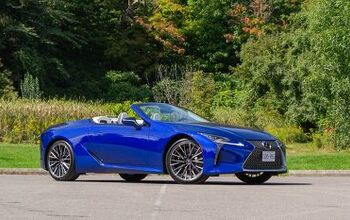
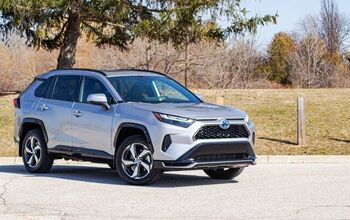


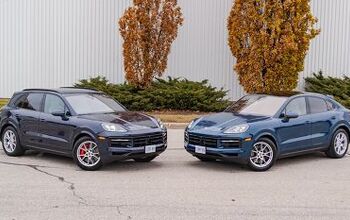
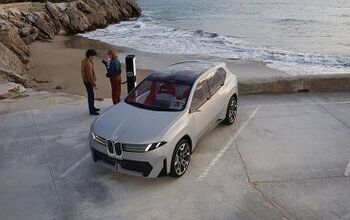
Comments
Join the conversation
I have owned Honda Accords since 1976 and own a 2010 present day and by far it is the best Accord yet!
Like mine too- but I do have to say is does feel like a large car. The seats are fine- just decrease the lumbar support option if you don't like the feeling of it in your back (personally it makes my back feel better). After test driving both v6 and 4 cyl- I can honestly say that the V6 is really nice if you have an extra $2k... I didn't so I got the 4cyl and it is fine.